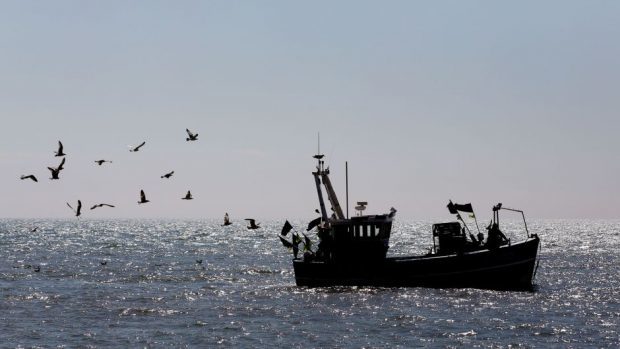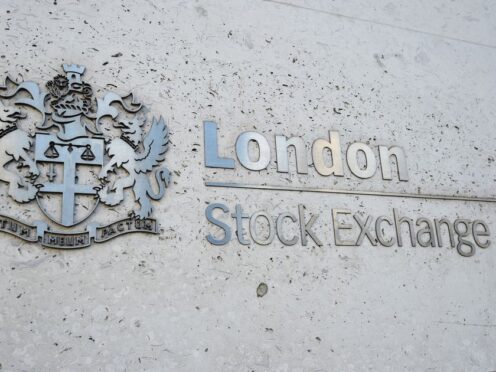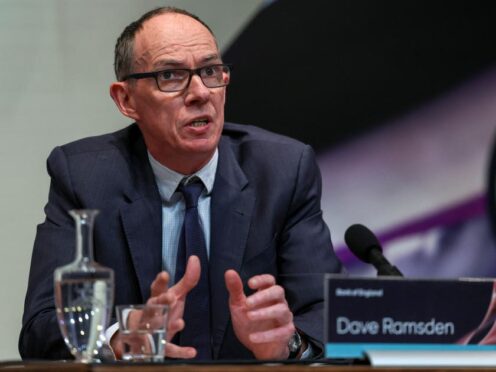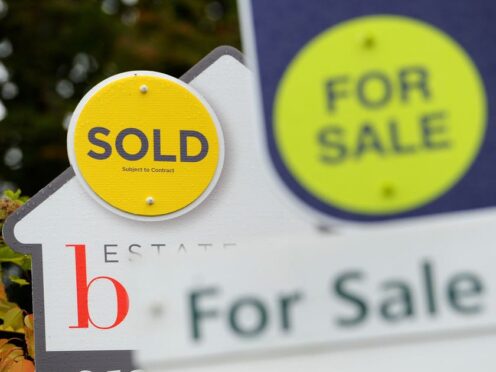A leading think-tank has delivered a 10-point action plan it says is a blueprint for reshaping the UK’s fishing industry in the wake of Brexit.
The Adam Smith Institute (ASI) said the EU referendum outcome in June was a unique chance to make UK fishing “viable and profitable”.
Its Catch of the Day report, written by ASI president and co-founder Madsen Pirie, calls on Westminster to “take back control of UK waters and bring an end to the billions of fish thrown back dead into the sea each year”.
While acknowledging recent moves to ban the wasteful practice of discards through a reformed Common Fisheries Policy, ASI says the so-called landing obligation – requiring boats to land nearly all of their catch – has been “diluted by so many let-out clauses as to make it ineffective in many eyes”.
It adds: “The new rule came into effect in 2015, but a two-year delay was incorporated before transgressors would incur penalties and up to 9% of catch could still legally be discarded.
“Furthermore, ‘diseased or damaged’ fish could still be discarded, and it was left to the skippers to decide which fish counted as ‘diseased or damaged,’ in effect allowing them to discard whatever they wished.”
ASI says over-fishing and depleted fish stocks have been an “especially serious” problem in UK waters for years, with the country powerless to address it as part of the EU.
It adds: “The EU frequently overrides the advice of its scientists concerning what catch levels are sustainable, and succumbs to political pressure from member states to increase the catch levels set for their own fisheries.
“The scientific evidence of dwindling fish stocks is incontrovertible, with some species at levels low enough to threaten their survival.”
According to ASI, fishers are “prone to cheat and lie about their catches” and some EU member states connive in this.
And in a further swipe at Brussels-led fisheries management, it says the EU is “in the process of over-fishing and depleting stocks elsewhere, often at the expense of poorer nations which manage only precariously to feed their people”.
The report’s recommendations include extending the exclusive economic zone from 12 to the 200 miles specified by the United Nations International Convention on the Law of the Sea.
ASI also wants to ban all fishing in UK waters “without specific consent” and all boats to be registered.
In addition, it is calling for the creation of a National Fisheries Council to decide quotas for each species and for all boats to be fitted with satellite tracking devices.
“This 10-point action plan gives Britain a blueprint to reshape its entire fishing industry in the wake of Brexit,” Mr Pirie said last night.
He added: “We have a chance to make UK fishing a viable and profitable enterprise, while pursuing a policy that restores and sustains fishing stocking within its waters.
“Vested interests, lobbying and political protection of national interests have taken more from the sea than it can put back. It is time for alternative policies to be explored and pursued.”










